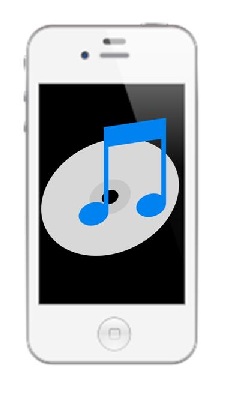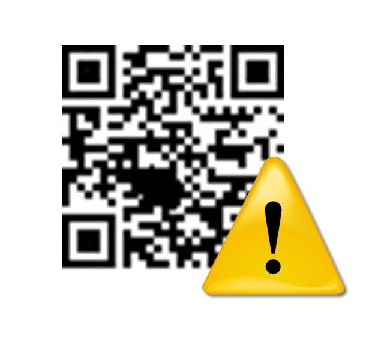 Apple devices are maintaining their integral role in the sales from the company’s digital goods store.
Apple devices are maintaining their integral role in the sales from the company’s digital goods store.
A new report has just been released by Horace Dediu, an analyst at Asymco, which has illustrated the importance of the role that Apple devices continue to play in the profitability of the iTunes mcommerce digital products store.
The report indicated that iPhone, iPod, and iPad users are still heavy buyers of digital products.
In fact, the statistics that were outlined in the report showed that iOS apps are currently driving one third of the revenue that is being enjoyed by iTunes, and this isn’t showing any indication of changing, for the moment. The research that the analyst performed also indicated a number of other fascinating mcommerce trends.
The iTunes mcommerce experience has continued to thrive as iOS device shoppers head back for more
Among the other findings of the report include the following:
• The gross revenues that have been achieved by the iTunes marketplace have reached an estimated $12 billion per year.
• Over a period of the last five years, owners of both media and apps have generated a total of approximately $24 billion.
• For the aforementioned $24 billion in sales, Apple spent around $10 billion in order to generate them.
• When taken into consideration as a retail business, it costs approximately $3.5 billion per year to operate the iTunes store. This amount includes the costs associated with merchandising, payment processing, as well as any “shipping & handling” expenses.
• Over the last four years, the total revenues at iTunes have experienced a steady rise, at an estimated compounded 32 to 38 percent.
• Although media other than apps still represents around two thirds of iTunes in terms of the annual sales value, the growth rate that this area is experiencing is at 28 percent, while the growth rate for apps is currently at 50 percent.
This annual mcommerce data provides a clearer understanding of the current state of iTunes and helps to suggest some of the directions that it may choose to take as 2013 continues to progress forward.

 Mobile marketers love these barcodes , but as consumers embrace them, unscrupulous efforts grow.
Mobile marketers love these barcodes , but as consumers embrace them, unscrupulous efforts grow.